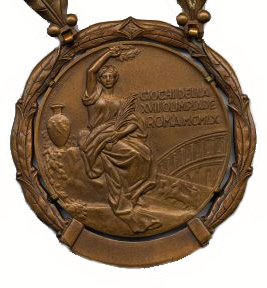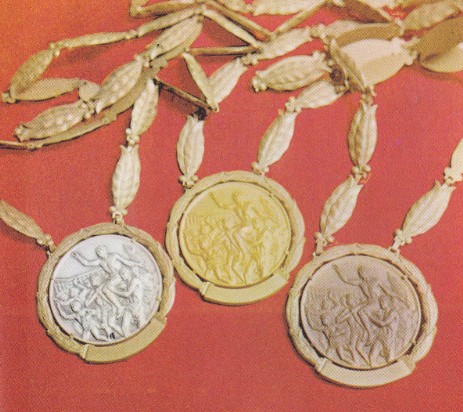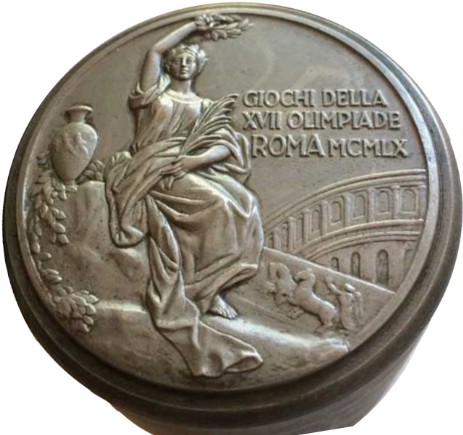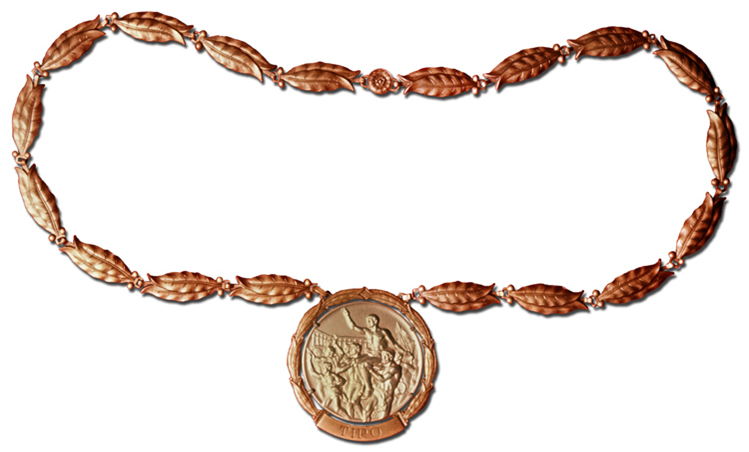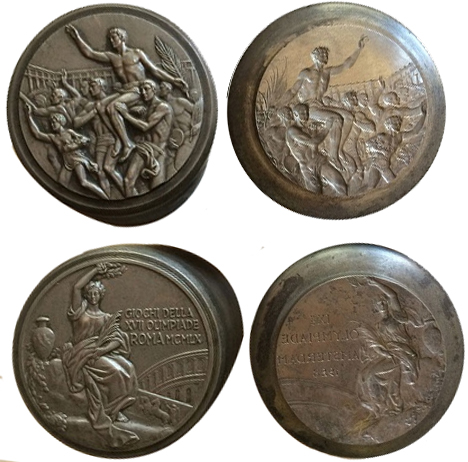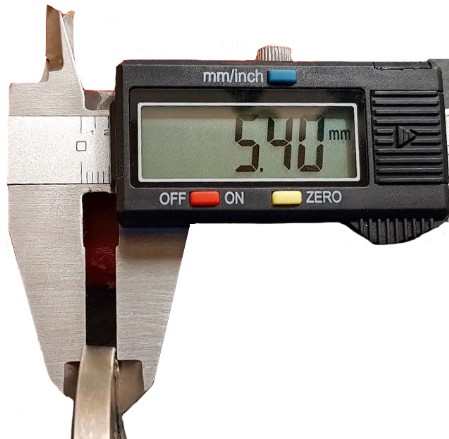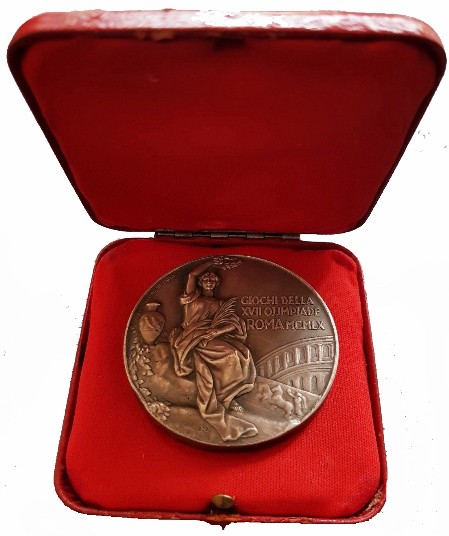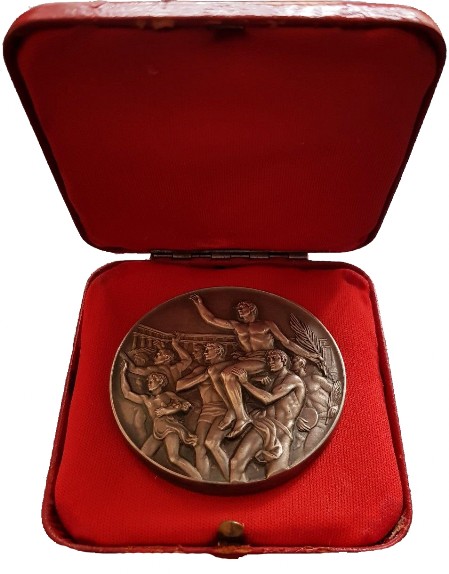Vincitori
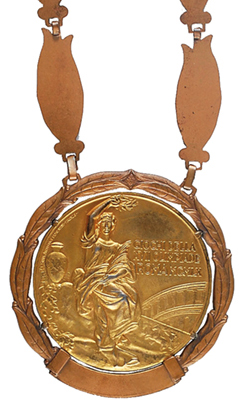
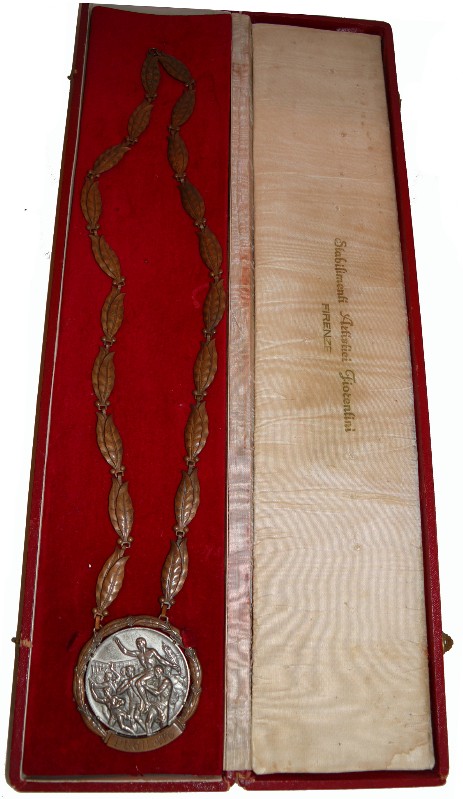


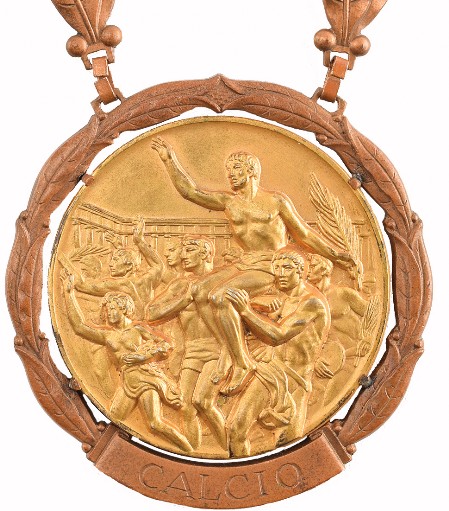
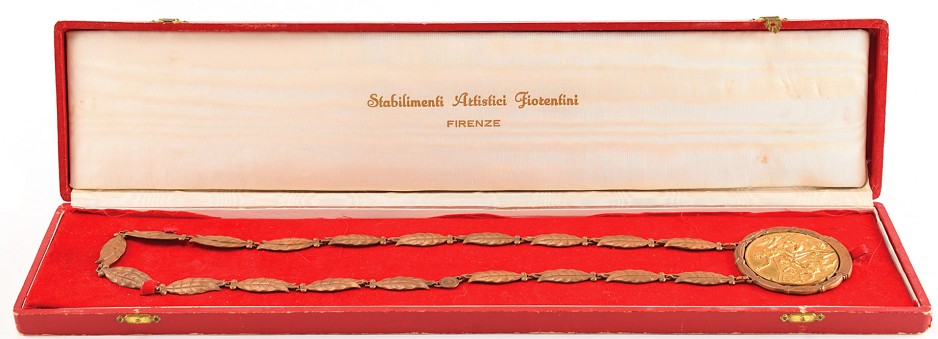
Nella 54^ sessione del CIO, tenutasi a Tokyo nel maggio 1958, venne deliberato che la medaglia per i primi tre classificati rimanesse – nel dritto e nel rovescio – quella adottata per la prima volta ai Giochi del 1928 e che era opera del fiorentino Giuseppe Cassioli. Ma l’Italia qualcosa volle cambiare: la medaglia, con castone di foglie di ulivo silvestre, fu appesa a un collare in bronzo composto dalle stesse foglie, più grandi. Su una fascia inserita alla base del castone s’incise lo sport praticato dagli atleti premiati.
The medal to assign to the winners of the Olympic events of Rome 1960, as established by the IOC during its 54th Session in Tokyo in May 1958, was the one adopted at the Amsterdam Olympiad in 1928, conceived by Professor Cassioli and used from then on for the successive Summer Olympic Games. But Italy wanted to change something: the medal mounted into an interlacement of sylvan olive leaves was hanged on a bronze collar composed of the same leaves, but larger ones. On a strip at the basis of the mounting, the name of the discipline practiced by the winner was engraved, in the retro was the inscription "Giochi della XVII Olimpiade Roma MCMLX".
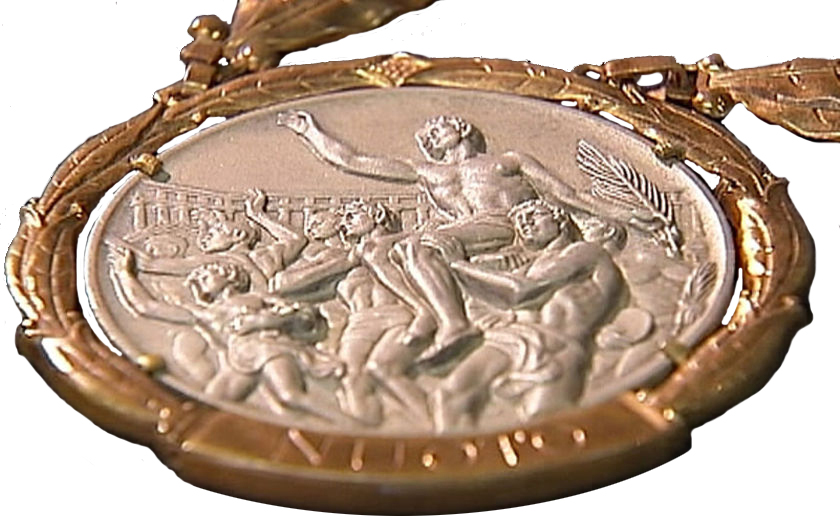
Il numero delle medaglie coniate e distribuite sono state: Vermail (1° classificato) coniate 280, distribuite 273; argento (2° classificato), 280 coniate, 273 distribuite; bronzo (3° classifcato) coniate 290, distribuite 281. Altre medaglie di bronzo sono state necessari perché il CIO aveva stabilito che entrambe le perdenti (semi-finalisti) per ciascuna categoria di peso del pugilato avrebbero dovuto ricevere la medaglie di bronzo, piuttosto che combattere un incontro di spareggio. Le Medaglie sono state presentate in una custodia foderata con del velluto blu per il primo classificato, rosso per il secondo e verde per il terzo.
These were minted and distributed medals: Vermeil (1st place) minted 280, distributed 273; Silver (2nd place), minted 280, distributed 273; Bronze (3rd classifcato) minted 290, distributed 281. For the first time in the history of Olympiads, in addition to the medal awarded to the first 3 winners, a collar, the symbol of victory, was put around the neck of athletes. As for ranking foreseeing winners from national teams classified according to artificial criteria, medals were assigned but without collars. The cases containing the medals were red, white and green.
